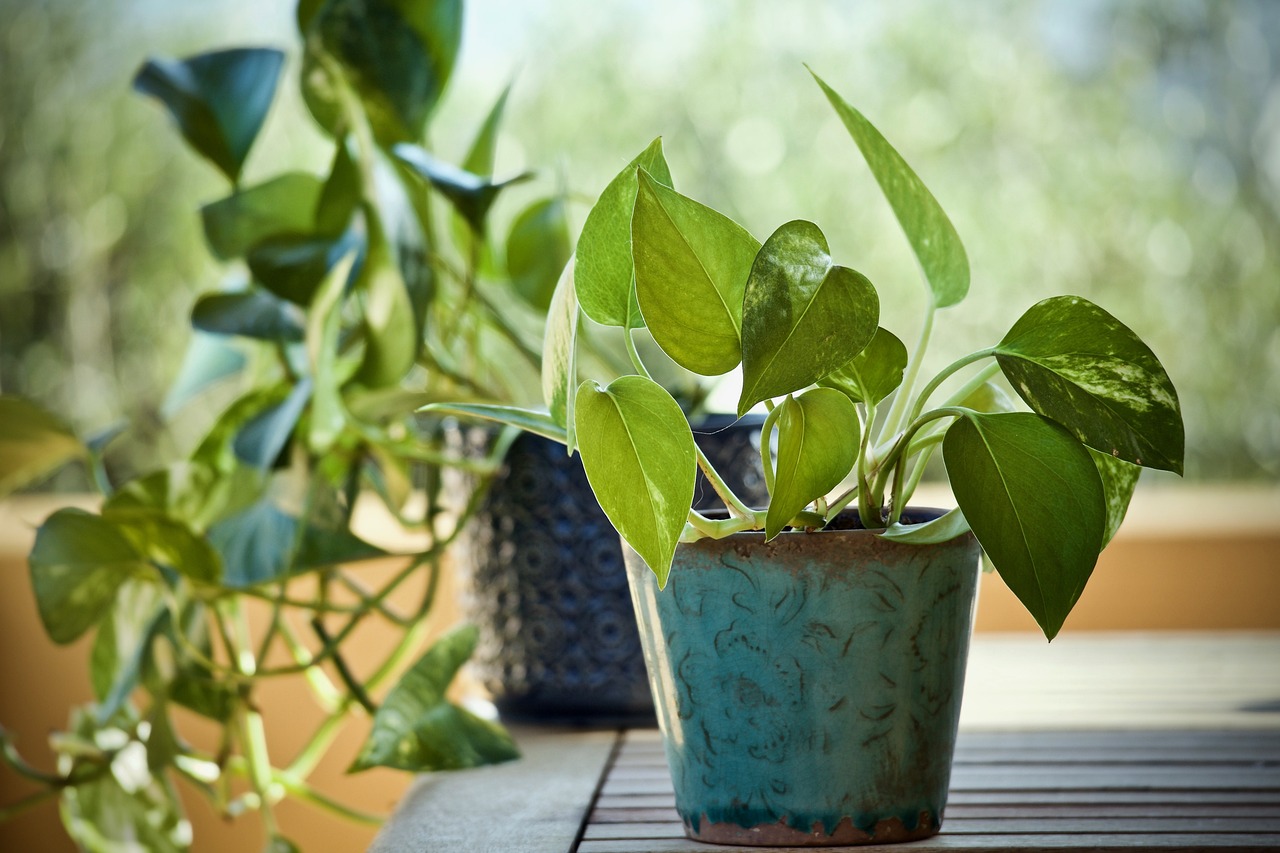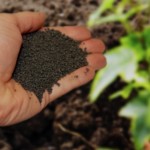Indoor plants, especially the ever-popular pothos, can bring a touch of nature into our homes. However, if you’ve noticed your pothos leaves curling, it might be a cause for concern. In this guide, we’ll explore the various aspects of curling pothos leaves, from understanding the causes to providing effective remedies.
I. Introduction
Definition of Curling Pothos Leaves
Pothos, scientifically known as Epipremnum aureum, is a resilient and low-maintenance houseplant. Curling leaves in pothos can be indicative of underlying issues affecting the plant’s health. Addressing these concerns promptly is crucial to maintain the plant’s vibrancy.
Importance of Healthy Pothos Leaves in Home Decor
Pothos, with its lush green foliage, is a popular choice for home decoration. Healthy leaves not only enhance the aesthetic appeal but also contribute to the overall well-being of the plant.
II. Causes of Curling Pothos Leaves
Overwatering
One of the common culprits behind curled pothos leaves is overwatering. Pothos prefers a well-draining soil mix, and excessively damp conditions can lead to root rot.
Underwatering
Conversely, underwatering can also result in leaf curling. Pothos plants appreciate consistent moisture, and neglecting watering can cause stress to the plant.
Temperature Fluctuations
Pothos thrives in stable temperatures. Sudden temperature changes, especially exposure to cold drafts, can cause the leaves to curl as a protective mechanism.
Pests and Diseases
Insects and diseases can compromise the health of pothos plants, leading to leaf curling. Regularly inspecting your plant for pests and signs of diseases is essential.
III. Identifying Curling Patterns
Curling Upwards
When pothos leaves curl upwards, it may indicate underwatering or inadequate humidity levels. Adjusting the watering frequency and providing a humid environment can help.
Curling Downwards
Downward curling may be a response to overwatering or excessive moisture. Ensuring proper drainage and allowing the soil to dry out between waterings can address this issue.
Curling at the Edges
If the edges of the leaves are curling, it could be a sign of underwatering or low humidity. Increasing humidity levels and adjusting the watering routine can alleviate the problem.
Wrinkled Appearance
A wrinkled appearance in pothos leaves may suggest dehydration. Proper watering and maintaining optimal humidity levels can revive the turgidity of the leaves.
IV. Remedies for Curling Pothos Leaves
Adjusting Watering Habits
Finding the right balance in watering is crucial. Allow the top inch of the soil to dry before watering again, ensuring proper moisture without creating waterlogged conditions.
Providing Proper Lighting
Pothos prefers bright, indirect light. Placing the plant in an appropriate location can prevent stress-induced leaf curling.
Managing Temperature and Humidity
Maintaining a consistent temperature and humidity level in your home can promote healthy pothos growth. Avoid placing the plant near drafty windows or heaters.
Addressing Pests and Diseases
Regularly inspect your pothos for pests like spider mites or aphids. Use organic insecticides or neem oil to eliminate pests without harming the plant.
V. Common Mistakes to Avoid
Over-fertilizing
While fertilizing is essential, overdoing it can lead to salt buildup in the soil. Follow a balanced fertilizing schedule to prevent nutrient imbalances.
Ignoring Drainage Issues
Improper drainage can contribute to overwatering problems. Choose a well-draining potting mix and ensure that your pot has drainage holes.
Placing the Plant in Direct Sunlight
Direct sunlight can scorch pothos leaves, causing them to curl. Opt for bright, indirect light to maintain the plant’s health.
VI. Tips for Preventing Leaf Curling
Consistent Watering Schedule
Establish a regular watering routine to provide a stable environment for your pothos. This prevents the stress associated with fluctuations in soil moisture.
Regularly Inspecting the Plant
Be proactive in monitoring your pothos for any signs of stress, pests, or diseases. Early detection allows for timely intervention.
Choosing an Appropriate Pot
Select a pot with proper drainage to prevent waterlogging. The right pot size also encourages healthy root development.
VII. Understanding Pothos Varieties
Different Types of Pothos Plants
Pothos comes in various varieties, each with its unique characteristics. Understanding the specific requirements of your pothos variety is essential for optimal care.
Specific Care Guidelines for Each Variety
Different pothos varieties may have distinct care needs. Some may thrive in lower light conditions, while others prefer brighter environments. Tailor your care routine accordingly.
VIII. DIY Solutions for Healthy Pothos
Homemade Insecticides
Create a natural insecticide using ingredients like neem oil, garlic, and soap. This helps combat pests without resorting to harsh chemicals.
Soil Amendments for Better Drainage
Enhance your potting mix with perlite or coarse sand to improve drainage. Well-draining soil prevents water accumulation, reducing the risk of overwatering.
IX. Q&A Section
Addressing Common Questions About Curling Pothos Leaves
What is the ideal watering frequency for pothos?
The watering frequency depends on factors like humidity, temperature, and pot size. Generally, allow the top inch of soil to dry before watering.
Can I use tap water for watering pothos?
Tap water is suitable, but allowing it to sit overnight can help dissipate chlorine. Consider using filtered or distilled water for sensitive pothos varieties.
How do I get rid of pests on my pothos plant?
Use a mixture of neem oil and mild soap to create a natural insecticide. Apply it to affected areas and repeat as necessary.
Is it normal for pothos leaves to change color?
Yes, it’s normal for older leaves to yellow and eventually drop. However, sudden or widespread color changes may indicate underlying issues.
Can I propagate pothos to prevent leaf curling?
Yes, propagating healthy stems can rejuvenate your pothos. Ensure the cuttings have at least two nodes and root them in water or soil.
X. Conclusion
In conclusion, addressing curling pothos leaves requires a comprehensive approach. By understanding the causes and implementing effective remedies, you can ensure your pothos remain vibrant and lush. Remember to tailor your care routine to the specific needs of your pothos variety for optimal results.
XI. FAQs
- What is the ideal watering frequency for pothos?
- The watering frequency depends on factors like humidity, temperature, and pot size. Generally, allow the top inch of soil to dry before watering.
- Can I use tap water for watering pothos?
- Tap water is suitable, but allowing it to sit overnight can help dissipate chlorine. Consider using filtered or distilled water for sensitive pothos varieties.
- How do I get rid of pests on my pothos plant?
- Use a mixture of neem oil and mild soap to create a natural insecticide. Apply it to affected areas and repeat as necessary.
- Is it normal for pothos leaves to change color?
- Yes, it’s normal for older leaves to yellow and eventually drop. However, sudden or widespread color changes may indicate underlying issues.
- Can I propagate pothos to prevent leaf curling?
- Yes, propagating healthy stems can rejuvenate your pothos. Ensure the cuttings have at least two nodes and root them in water or soil.






